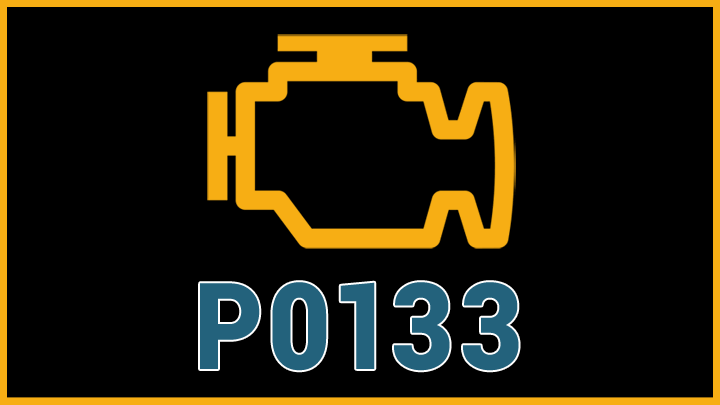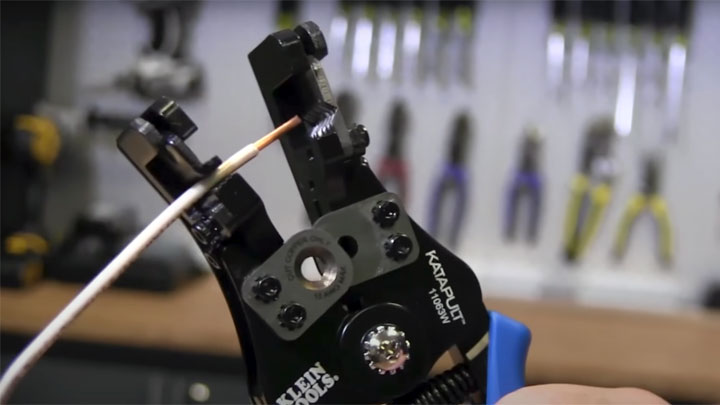Last Updated on November 3, 2022
A modern vehicle’s onboard diagnostic system is easily capable of uncovering operational faults, thereby storing each for later review. These faults are known simply as DTCs (Diagnostic Fault Codes).
Codes of this nature point to the underlying cause of whatever issue currently plagues a vehicle. This knowledge is quite valuable, as it can be used to formulate a plan for further repair.
While certain fault codes are rather inconsequential and are simple to sort through, others often require a more extensive diagnosis. One such fault code is DTC P0133, which relates to a vehicle’s emissions system.
When a fault code of this nature is present, a check engine light appears across a vehicle’s dash, often leading to a wealth of aggravation along the way. Read on to learn more about DTC P0133, as well as how to remedy such an issue, should it present itself at any point in the future.
What Does Code P0133 Mean?
DTC P0133 corresponds with the #1 oxygen sensor, located at bank #1. The storage of code P0133 indicates that data from this sensor is being relayed to the engine’s PCM, at a slower rate than expected.
This “lag” negatively impacts an engine’s ability to monitor air/fuel fluctuations throughout an engine’s stream of exhaust out-flow. As such, an engine’s PCM is incapable of applying such values to rationalize further fuel/air input.
In conclusion, fuel economy can suffer, excessive exhaust smoke can be emitted, and drivability can be negatively impacted. In the most severe cases, engine stalling can occur as a secondary symptom associated with DTC P0133.
Read Also: P0030, P0130, P0131, P0132, P0134, P0135, P0136, P0137, P0138, P0160
Symptoms of Code P0133

The exact symptoms that accompany DTC P0133 often vary from one model of vehicle to the next. However, there are a number of symptoms that tend to be relatively universal, or that occur far more frequently, in relation to code P0133.
The following are several of the most common symptoms associated with DTC P0133.
- Newly illuminated check engine light
- Engine stalling
- Decreased fuel economy
- Rough idle or acceleration
- Excessive or foul smelling exhaust smoke
Causes of Code P0133
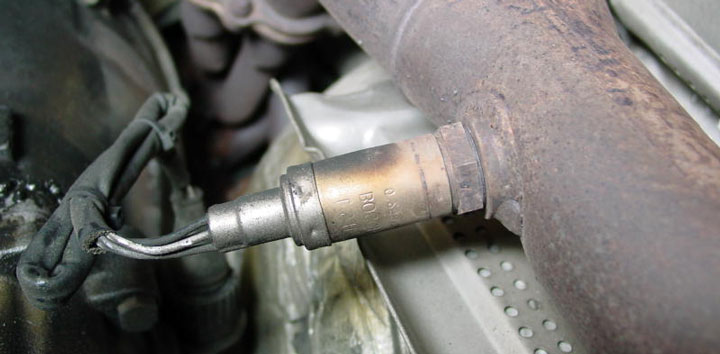
The exact cause behind diagnostic trouble code P0133 often varies on a case-by-case basis. However, a number of these potential causes tend to arise far more frequently than others and are likely places to begin your diagnostic efforts.
The following are several of the most common causes of diagnostic trouble code P0133.
- Faulty oxygen sensor
- Damaged oxygen sensor wiring
- Engine vacuum leak
- Exhaust leak
- Dirty, damaged, or obstructed mass airflow sensor (MAF)
Is Code P0133 Serious?
DTC P0133 is generally seen as being only moderately serious in nature. This is due to the fact that this code seldom leads to severe drivability issues.
However, in rare cases, issues related to diagnostic trouble code P10133 can manifest in the form of engine stalling. Such cases should be taken extremely seriously, as stalling at any speed above idle can pose a safety hazard.
In any event, the root cause of DTC P0133 should be diagnosed and remedied at the first available opportunity. Doing so prevents further complications from arising, and gets your vehicle back on the road and in proper operating condition.
How to Fix Code P0133
Fixing the root cause of diagnostic trouble code P0133 can be relatively simple, if only one knows where to begin. Proper diagnosis of DTC P0133 requires extensive attention to detail and necessitates a thorough assessment.
The following steps will assist you in successfully diagnosing the root cause of your vehicle’s P0133 DTC.
#1 – Check For Additional DTCs

It is important to check for the presence of additional trouble codes when attempting to diagnose DTC P0133.
The presence of additional trouble codes can signify larger underlying issues, thereby placing increased importance upon thoroughly diagnosing each additional trouble code.
#2 – Visually Inspect Oxygen Sensor Wiring
After diagnosing all additional trouble codes, it is important to visually inspect all wiring and connectors that correspond to a vehicle’s oxygen sensors. Carefully check for any signs of frayed, pinched, or broken wiring.
Also verify that all connectors seat as intended, and are free of corrosion.
#3 – Inspect Mass Airflow Sensor
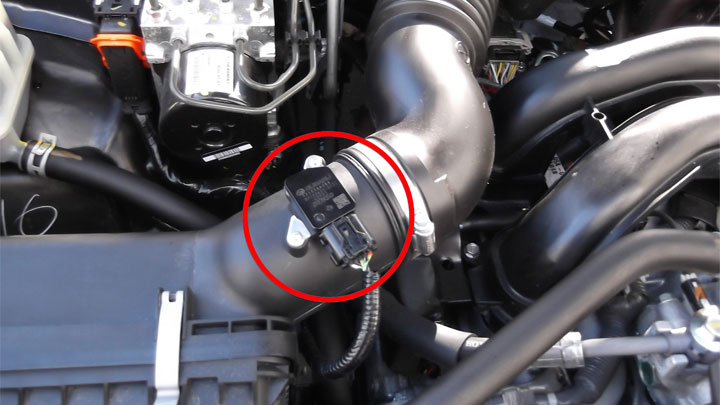
One should now access their engine’s mass airflow sensor (MAF), in a bid to ensure that it is not compromised. Inspect the sensor’s grid for signs of carbon fouling or damage.
Any evident damage warrants replacement, while carbon fouling of any type requires extensive cleaning. If cleaning is necessary, it should be conducted in accordance with manufacturer recommendations.
Freeze frame data can also be used to verify the effective operation of this sensor.
#4 – Check For Exhaust Leaks
Any leaks within a vehicle’s exhaust system can lead to inaccuracies within O2 measurements. Therefore, it is extremely important to verify that your vehicle’s exhaust system is free from leaks.
Such leaks can often be found during a routine visual inspection, or alternatively, can be found through the use of a smoke machine.
#5 – Check For Vacuum Leaks
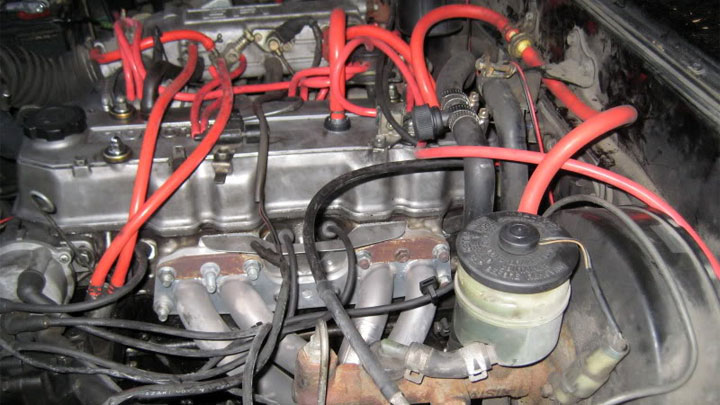
Much like exhaust leaks, vacuum leaks can also lead to O2 sensor-related issues and should be remedied as soon as possible. Such leaks can typically be found by eye, but can also be confirmed in other ways.
One of which includes “wanding” an unlit propane torch over an engine’s intake and vacuum lines, while at idle. Any fluctuation in engine RPM likely indicates the source of a leak.
Alternatively, a smoke machine can also be used to find the vast majority of common vacuum leaks.
See Also: How to Locate a Vacuum Leak (Step-by-Step)
#6 – Replace Oxygen Sensor
If all prior steps fail to yield a firm diagnosis, then an engine’s pre-catalytic O2 sensor (bank 1) is likely to blame for DTC P0133. In such cases, replacement is the only viable means of remedying the situation at hand.

